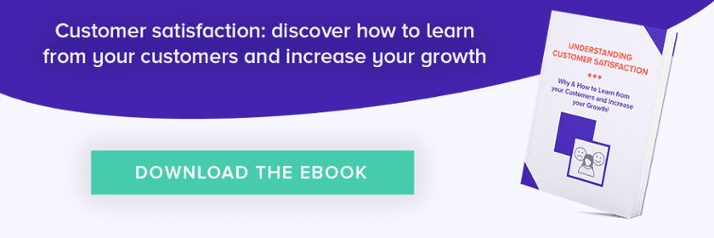Companies often mistake repeat customer business with loyalty. And, on the surface, this would seem like a logical conclusion. However, in truth, many customers only stay with a business for lack of other options. But, as soon as they find one, they will migrate to a competitor offering them a better overall experience.
At the moment, perhaps no other industry illustrates this as well as the U.S. television cable industry which is losing customers to more user-friendly streaming services. For years, customers put up with high-cost, low-ranking customer service providers like Comcast and Time Warner but, recently, have jumped ship to take advantage of more attractive offerings from companies like Netflix and Hulu.
Measuring Customer Irritation
As customers become more empowered, no longer tied to a few, select businesses, some companies are finding that it’s less useful to ask customers about their satisfaction with its products or services than to ask what irritates them. Business consultant Mark Graham Brown calls this feedback strategy a Customer Aggravation Index, crediting package delivery giant FedEx with the idea of tracking what makes its customers angry.
FedEx asks individual customers “What can we do better?”, narrowing the list of all complaints they receive before asking a broader group of customers to rank these complaints from least to most severe. Then FedEx tracks the occurrence of these complaints daily in order to find a direct correlation to high dissatisfaction – or aggravation – and losing customers.
Similarly, the American Customer Satisfaction Index researches customer satisfaction in different industries by also tracking complaints. Survey participants are asked:
- How satisfied they were with their overall experience with a company.
- How well a company met their expectations, measuring satisfaction against expectations.
- How they compare a company with their idea of a perfect company.
Notably, the ACSI further illustrates how repeat customers are not necessarily satisfied customers. For example, Facebook has been rated the social media site with the most members but it is also the most hated social media site: “Customers have shown that, so far, they have been willing to suffer through a poor user experience in order to enjoy the benefits Facebook provides.”
What’s Irritating Your Customers?
Feedback surveys offer one of the most efficient ways to measure satisfaction and gather actionable insights to eliminate sources of customer irritation. Consider the following 4 suggestions:
Measure customer loyalty with a Net Promoter Score
The NPS indicates overall customer happiness with one simple question: “How likely are you to recommend us to a friend, colleague, or relative?” However, keep in mind that an NPS does not provide justifications for a customer’s response which is why its important to ask an open-ended follow up question to gather more detailed information.
Measure overall customer satisfaction
The NPS will provide insights into brand loyalty; however, measuring overall customer satisfaction provides insights into a customer’s opinion about a specific product or service: “Overall, how satisfied are you with our product or service?”
Measure perceived attributes of quality
Focus on specific features of your product or services: “How satisfied are you with feature X of our product or service?” Likewise, “How important is feature X in your decision to do business with our company?” Again, consider asking an open-ended follow up question to elicit more detailed insights.
Measure intention to repurchase
How likely is it that a customer will return? “Do you intend to return to our company within the next 30 days?” This measurement will also give you a good idea about how customers will communicate through word-of-mouth or social media their experience with you.
Always Listen to Your Customers
It has never been more important for companies to listen to and resolve customer complaints. With 68% of customers leaving a company because they are dissatisfied with the service they receive, companies must be proactive in their efforts to satisfy existing customers. As Mark Brown observes, “The fact that your customers stick around does not necessarily mean they are happy with your products or services.“
Fortunately, it’s never been easier to communicate with customers. Offering opportunities for feedback and providing ongoing support will only drive customer satisfaction and loyalty, providing your business with the competitive edge it needs to be successful in today’s marketplace.



















